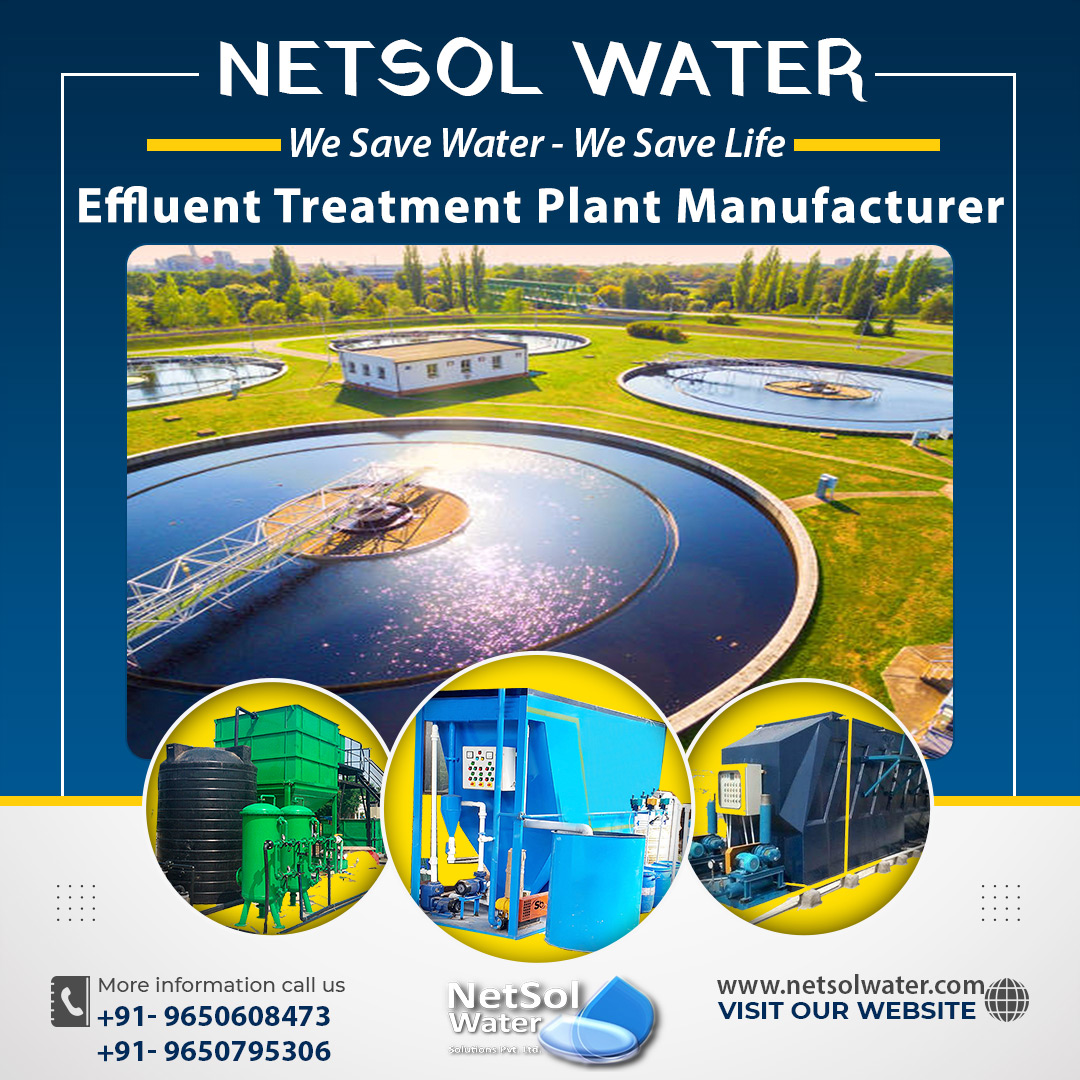What are the characteristics of CETP?
The process of collecting, transporting, treating, and disposing of effluents, from industrial estates is known as a common effluent treatment plant (CETP). The notion of a shared effluent treatment facility, has been approved as a solution for collecting, transporting, treating, and disposing of industrial estate effluents. The idea assists small and medium-sized businesses,in disposing of their effluentscollectively. Otherwise, these firms may not be able to afford to treat their wastewaters, or there may be some space problems.
Some of these businesses may require preparatory treatment (for solids removal), in order to keep the incoming sewers free flowing. Before the industry discharges in a CETP, it may be necessary to rectify the pH or remove a specific contaminant, which describes the characteristics of the common effluent treatment plants.
Characteristics of Common Effluent Treatment Plants (CETPs)
• Land availability, which is difficult to assure, via all different equipment’s, in the event that they go for separate treatment plants.
• Nutrient and dilution potential contribution, making the complex commercial waste more prone to degradation.
• The neutralization and equalization of heterogeneous waste, making its treatment procedure technologically and economically viable.
• Professional and educated labour, which may be made available for the operation of CETP, which is not achievable with personal plants.
• The disposal of treated wastewater and sludge will be more coordinated.
• Reduced regulatory Government burden,to ensure proper disposal.
Characteristics of CETPs including technical aspects
• Basic information: about the specific unit, its raw materials, products, treatment, the quality and quantity of effluent generated, and the potential for waste reduction.
• Collection and transportation: for modest quantities, transportation is done via an underground piped system, or via vehicles.
• Pre-treatment: Individual units, regardless of the mode of conveyance, must provide rational pretreatment.
• Planning: Master plan and phase-wise strategy if the quantity, quality, and treatability are unclear.
• Disposal: The handling, treatment, and disposal of CETP sludge.
• Treatment effluent recycling and reuse, or disposal.
What compounds are utilized in a CETP?
The following chemicals are often used in a CETP:
1. Acids (HCl) and bases (NaOH)are used to neutralize pH.
2. Coagulant/Settling aids: Aluminium Sulphate, Ferric Aluminium Sulphate, Ferric Sulphate, Ferric Chloride, either alone or in combination, with poly-electrolytes (Polymers)are used.
3. Chemicals required for specific ion elimination based on treatment chemistry.
4. Disinfectants used are chlorine, bleaching powder (sodium hypochlorite), and ozone.
5. Adsorption through Activated Carbon.
6. Ion Exchange - depending on the ion to be eliminated.
CETP Operation & Maintenance
Pump and motor, electrical panels, starters, meters, blow out fuses, valves, gates, scraping bridge trolley, aerators, reduction gears, open air weather casings for Motors, and chains for mechanical grit and screen eliminating devices, all need to be maintained for proper operation of CETPs.
Summarizing, Netsol Water is the top & leading Common Effluent Treatment Plant Manufacturer in India, for small industries. We have a team of highly skilled and experienced specialists, who oversee all elements of quality, so that the firm may satisfy the demands and expectations of its clients and consumers.




